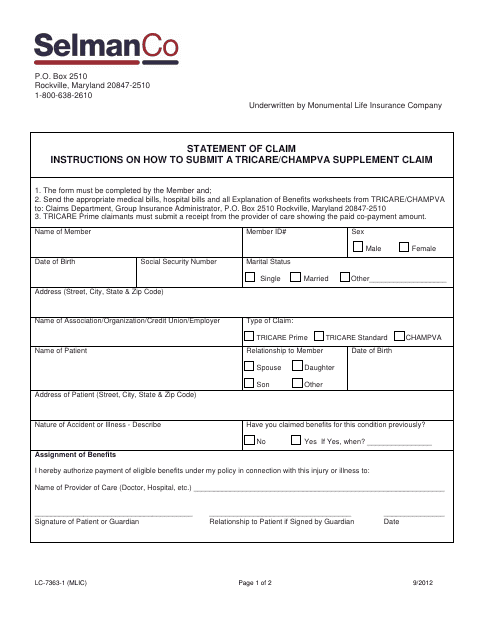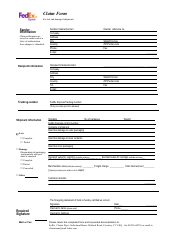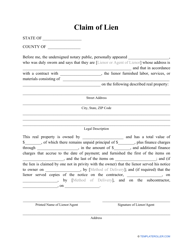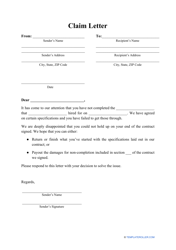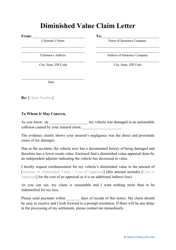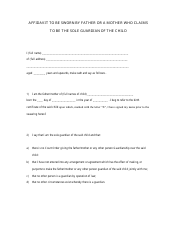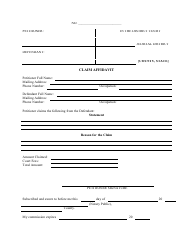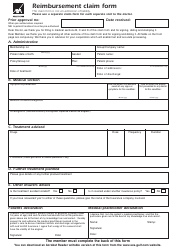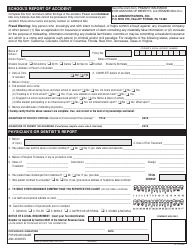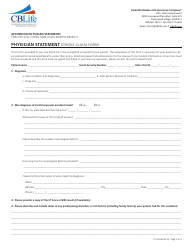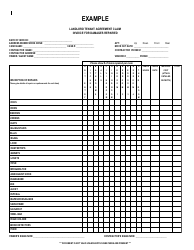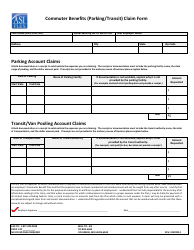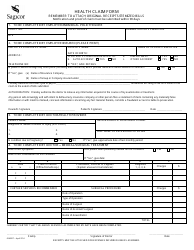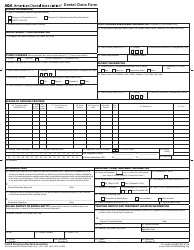Statement of Claim Form - Selmanco
The Statement of Claim Form, specifically related to Selmanco, is used for initiating a legal action or lawsuit in a court of law. It is a formal document that outlines the details of a claim, such as the parties involved, the nature of the dispute, and the relief sought. The purpose of this form is to formally present a complaint or claim to a court, requesting a resolution or judgment in favor of the claimant.
FAQ
Q: What is a Statement of Claim form?
A: A Statement of Claim form is a legal document that initiates a civil lawsuit. It outlines the details of the plaintiff's case, including the nature of the claim, the parties involved, and the relief sought by the plaintiff.
Q: Who can file a Statement of Claim?
A: Any individual, business, or organization that believes they have been wronged and have a legal basis for seeking compensation or other remedies can file a Statement of Claim.
Q: What information is typically included in a Statement of Claim form?
A: A Statement of Claim typically includes the names and addresses of the plaintiff and defendant, a concise statement of the facts giving rise to the claim, the legal basis for the claim, and the relief sought by the plaintiff.
Q: What do I do after completing a Statement of Claim form?
A: After completing a Statement of Claim form, you usually need to file it with the appropriate court and serve a copy of the form on the defendant. The specific filing and serving requirements may vary depending on the jurisdiction, so it is advisable to consult the local court rules or seek legal advice.
Q: What happens after a Statement of Claim is filed?
A: After a Statement of Claim is filed, the defendant will usually have a certain period of time to respond to the claim. This response may involve admitting or denying the allegations, presenting defenses, or filing a counterclaim. The court will then schedule hearings or take further action, depending on the specific case.
Q: Can I amend the Statement of Claim after it is filed?
A: In most jurisdictions, it is possible to amend a Statement of Claim after it is filed, but there may be specific rules and procedures governing such amendments. It is advisable to consult the court rules or seek legal advice to understand the requirements and process for amending a Statement of Claim.
Q: What should I do if I receive a Statement of Claim?
A: If you receive a Statement of Claim, it is important to carefully review its contents and seek legal advice. You will typically have a certain period of time to respond, either by filing a defense or a counterclaim. Failing to respond within the specified timeframe can result in a default judgment against you.
Q: How long does it take for a lawsuit to be resolved?
A: The duration of a lawsuit can vary significantly depending on various factors, such as the complexity of the case, the court's schedule, and the actions of the parties involved. Some lawsuits may be resolved within a few months, while others can take years to reach a resolution.
Q: Can I represent myself in a lawsuit?
A: Yes, individuals have the right to represent themselves in a lawsuit, but it is generally recommended to seek legal representation, especially for complex matters. An attorney can provide guidance, legal expertise, and help navigate the court process to improve the chances of a favorable outcome.
